When There Is No Water
Growing up in Michigan surrounded by the Great Lakes gave us plenty of fresh water to enjoy. Many may say that we have the best water in the world in our midwest region. Until I came to live in Indonesia and now Cambodia, I didn’t think a lot about the detail of water. I realized it was a precious item that we had been blessed with all of our lives and appreciated it dearly. I could, without reservation, brush my teeth, rinse our vegetables and fruits, and basically do just about anything with it.
Things today have changed from those thoughts of safe and clear drinking water since that time. (not withstanding we’ve heard about the problem in Flint, MI where we both met in 1967).
In Cambodia it is not safe to drink water out of the faucet. Obviously it is not safe to drink water out of a pond, a lake, a stream, or a receptacle next to a home that collects rainwater in the rainy season. But what happens if you live in an area where there is a limited to almost nonexistent source for water.
Back in our last deployment, there was a huge ongoing water well project plan in place because of a generous offshore donation. We heard about a fair few number of wells being built during that time, but it was done at a local level and we were not involved with it since we were working on a dorm project.
This deployment the water well project still continues, but it is on a smaller scale than previously. This year there will be four well projects completed. We were privileged to be invited to go along with the Health Administrator of this project as she went out to Kampong Cham to make a visit to the community receiving this well. Her name is Khanchana.
Daniel is the driver. George rides in the front with him and us two girls are in the back. We have a wonderful visit as we travel out to the community, catching up on all of the latest news and are getting acquainted with this village before we arrive.
We get the usual gracious khmer warm welcome from the locals who live here. As I peruse the village grounds, I see that it is a very well kept village. No trash litters the landscape. The houses are all stilted and fairly elevated, giving lots of ‘walk under’ room for the taller people in the area. The village proper is still green in spite of being in the dry season. It is quiet here, without blaring radios or singing phones in the background. Very few children meander around the premises, but there is a significant number of persons over the age of 50 who all appear to be fairly healthy. As they awaited our arrival, they made lunch to share with us.
To these people getting a water well is serious business. Those who need glasses to read pull them out of their pockets and put them in place at the start of our meeting. Kanhchana brings a prepared bilingual booklet entitled ‘water’ and this is the topic around the table as she goes thru each page with this community. As I watch and look around I see that these people are dedicated to this new well being given to them, which will provide them with much needed water for their daily use.
How did these people get this well I asked Kanhchana. She elaborated that someone in the village passed a request thru the village elders and it came in to Pastor Vannarith who then turned it over to Kanhchana for consideration. I asked how she decides who would get a well, especially if there are only four slots available for this year and she ends up with more than four requests. That’s easy she said. Come visit the community and address their needs and current restrictions for water that they are dealing with.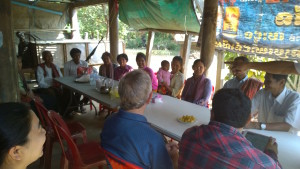


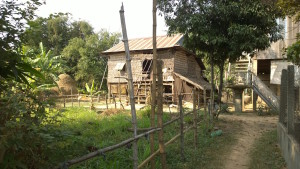
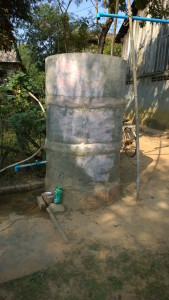

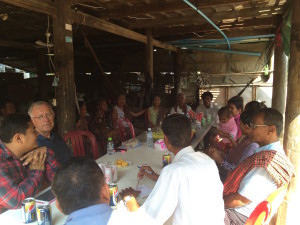
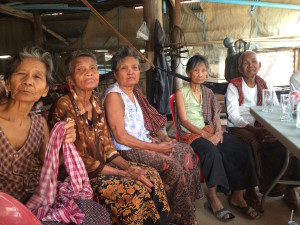
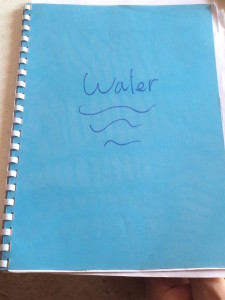


.jpg)
One Response to When There Is No Water